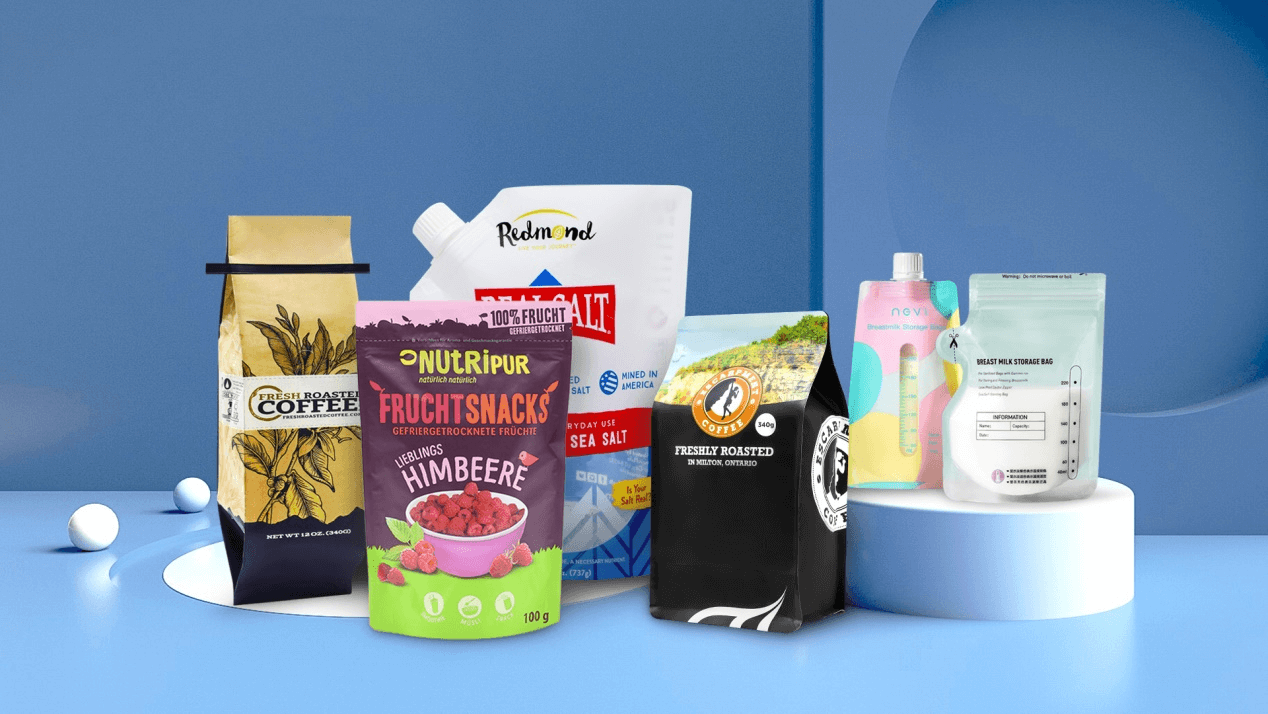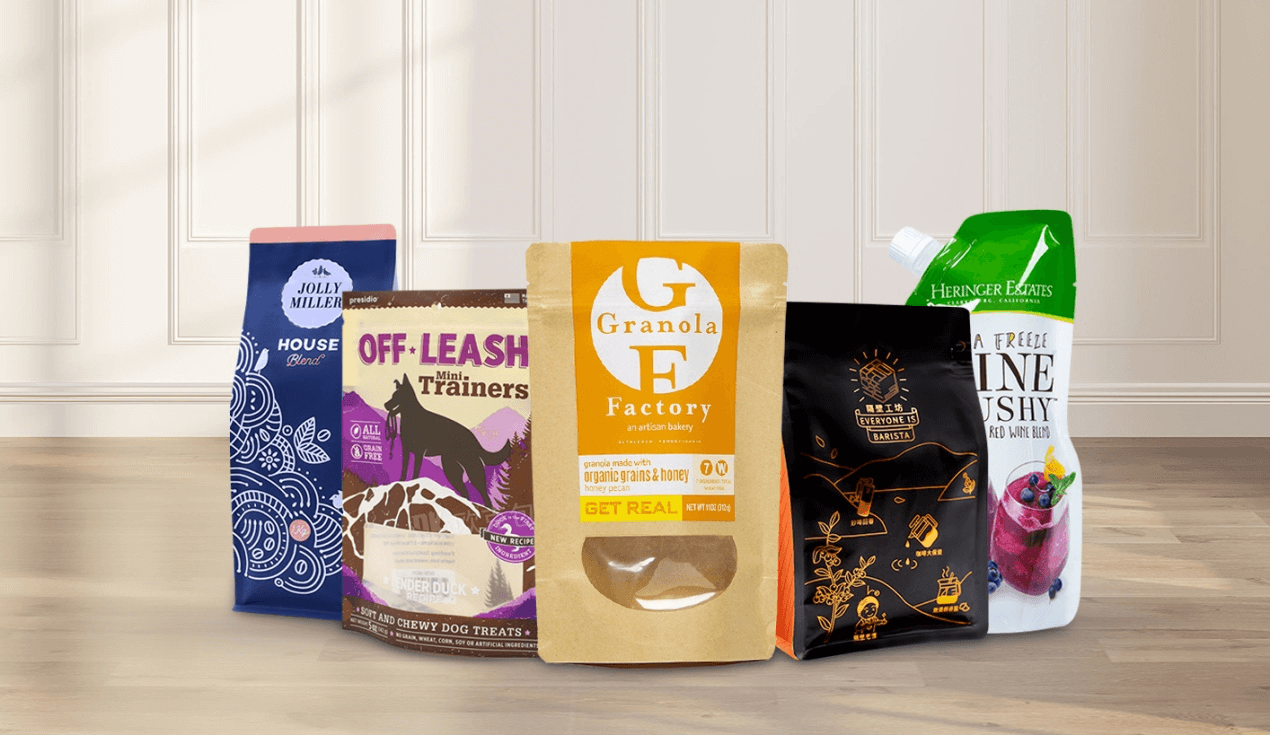There are many kinds of food packaging bags used for food packaging, and they have their own unique performance and characteristics. Today we will discuss some commonly used knowledge of food packaging bags for your reference. So what is a food packaging bag? Food packaging bags generally refer to sheet-like plastics with a thickness of less than 0.25 mm as films, and flexible packaging made of plastic films is widely used in the food industry. There are various types of food packaging bags. They are transparent, flexible, have good water resistance, moisture resistance and gas barrier properties, good mechanical strength, stable chemical properties, oil resistance, easy to print beautifully, and can be heat-sealed into bags. Moreover, commonly used food flexible packaging is usually composed of two or more layers of different films, which can generally be divided into outer layer, middle layer and inner layer according to their positions.
What are the requirements for the performance of each layer of commonly used flexible food packaging films? First of all, the outer film is generally printable, scratch-resistant, and media-resistant. Commonly used materials include OPA, PET, OPP, and coated films. The middle layer film generally has functions such as barrier, light shading, and physical protection. Commonly used materials include BOPA, PVDC, EVOH, PVA, PEN, MXD6, VMPET, AL, etc. Then there is the inner film, which generally has the functions of barrier, sealing, and anti-media. The commonly used materials are CPP, PE, etc. In addition, some materials have both the outer layer and the middle layer. For example, BOPA can be used as the outer layer for printing, and can also be used as the middle layer to play a certain role of barrier and physical protection.
Commonly used food flexible packaging film characteristics, generally speaking, the outer layer material should have scratch resistance, puncture resistance, UV protection, light resistance, oil resistance, organic matter resistance, heat and cold resistance, stress cracking resistance, printable, heat stable, low odor, low Odorless, non-toxic, glossy, transparent, shading and a series of properties; the middle layer material should generally have impact resistance, compression resistance, puncture resistance, moisture resistance, gas resistance, fragrance retention, light resistance, oil resistance, organic matter resistance, heat and cold resistance , stress cracking resistance, double-sided composite strength, low taste, low odor, non-toxic, transparent, light-proof and other properties; then the inner layer material, in addition to some common properties with the outer layer and middle layer, also has its own unique properties, which must have Fragrance retention, low adsorption and anti-seepage properties. The current development of food packaging bags is as follows:
1. Food packaging bags made of environmentally friendly materials.
2. In order to reduce costs and save resources, food packaging bags are becoming thinner.
3. Food packaging bags are developing in the direction of special functions. High-barrier composite materials will continue to increase market capacity. In the future, high-barrier films with the advantages of simple processing, strong oxygen and water vapor barrier performance, and improved shelf life will become the mainstream of flexible food packaging in supermarkets in the future.
Post time: Nov-26-2022








